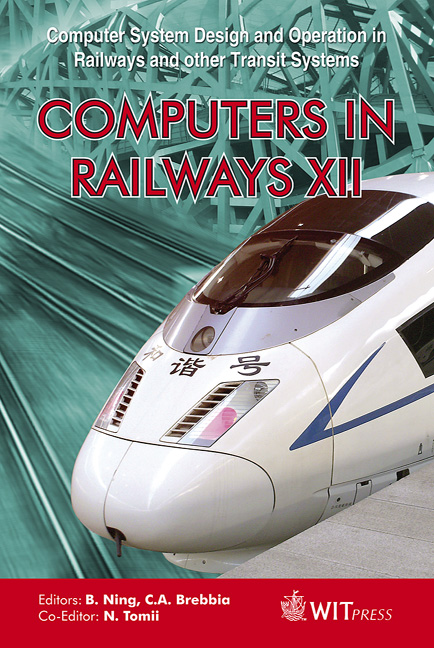Design And Operation Assessment Of Railway Stations Using Passenger Simulation
Price
Free (open access)
Transaction
Volume
114
Pages
13
Page Range
257 - 269
Published
2010
Size
749 kb
Paper DOI
10.2495/CR100251
Copyright
WIT Press
Author(s)
D. Li & B. Han
Abstract
To assess the design of infrastructure and operation efficiency of railway stations, passenger simulation models are useful tools. This paper presents a microscopic passenger simulation model for railways. The simulation process is described as event planning, route choice and behaviour decision. Complex passenger behaviours are modelled, as well as simple motions. The model is calibrated using field data collected from Beijing railway station. Software called SRAIL is developed to validate the model. By using input passenger characteristics, station facilities, train timetables, traffic flow rules and simulation parameters, some useful indicators can be obtained. The indicators can reflect facility usage, delay, congestion, safety and coordination of the station. The total level of service is also evaluated. The first passenger dedicated railway station of the China – Beijing South Railway station is studied as an example. The result shows that the model can assess the station design and operation efficiently. Keywords: railway station, design and operation assessment, microscopic passenger simulation, event planning, route choice, behaviour decision. 1 Introduction The largest scale passenger dedicated railways are being constructed in China. Meanwhile, lots of new railway stations are being built. Most of these stations are passenger dedicated, modern designed, large scale, multi-floor structures and have a multi-modal traffic service. However, engineers are often faced with several problems: how to improve the efficiency of railway stations; how to avoid station travel time increasing time for the entire trip; how to keep large
Keywords
railway station, design and operation assessment, microscopic passenger simulation, event planning, route choice, behaviour decision





